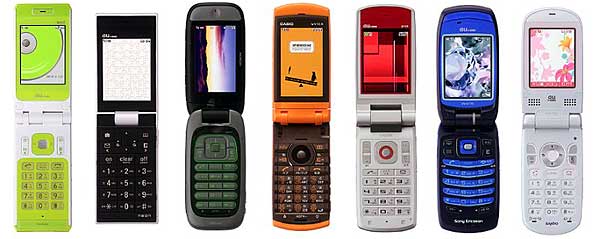DoCoMo Testing 2.5Gbit Wireless Network
According to a recent report, DoCoMo is testing a new network standard that could send DVDs to handheld devices in about 10 seconds! The prototype uses a combination of Multiple In Multiple Out (Mimo) technology and a tweaked version of quadrature amplitude modulation (QAM) and is capable of delivering 2.5Gbits/sec to users travelling at 20Km per hour. Mimo, which is used in a the draft 802.11n Wifi standard and turbo versions of existing Wifi products, uses a combination of several antennas and clever processing to boost data rates.


 Tomi Ahonen is a smart guy who’s done a lot of observing and thinking about the 3G future. He reports that planet Earth has 2 bn mobile phones, with more phones in use than cars, credit cards or televisions, and that advertisers, businesses and governments are all trying to understand how the mobile future will download. For a glimpse into the future, Tomi was in Tokyo last month for the
Tomi Ahonen is a smart guy who’s done a lot of observing and thinking about the 3G future. He reports that planet Earth has 2 bn mobile phones, with more phones in use than cars, credit cards or televisions, and that advertisers, businesses and governments are all trying to understand how the mobile future will download. For a glimpse into the future, Tomi was in Tokyo last month for the 